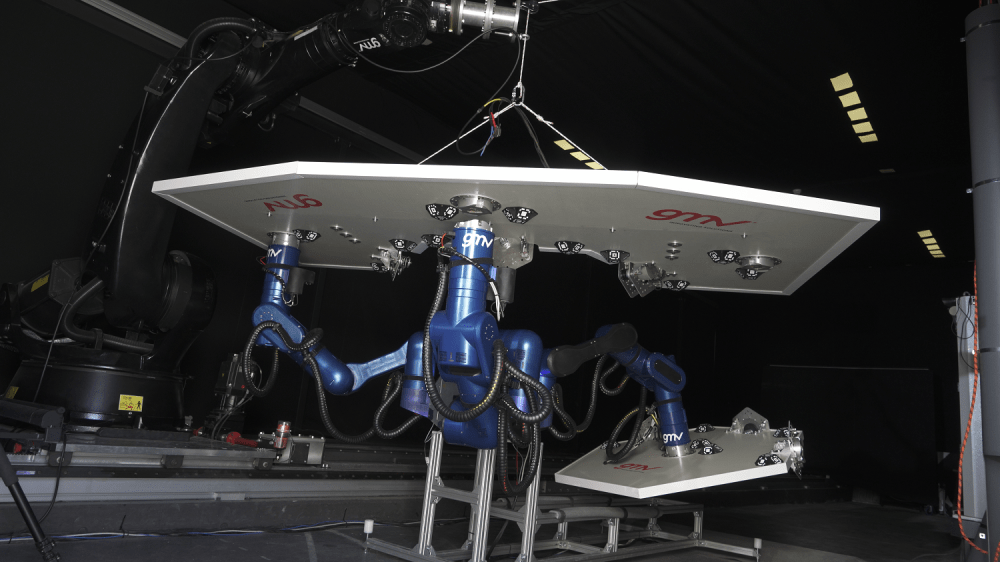MIRROR tests a success

Recently, the ground testing and validation phase of the Multi-arm Installation Robot for Readying ORUs and Reflectors (MIRROR) was completed at GMV's robotics laboratory, Platform-art®.
The MIRROR project, led by GMV for the European Space Agency, aims to design a robotic in-orbit servicing system capable of assembling, repairing, maintaining, and upgrading satellites in orbit for a wide range of operational missions. Space robotics projects such as this one are key to the future of the industry, as they seek to develop mechanisms for building large structures in orbit (e.g. telescope reflectors and solar power generation facilities) and to enable sustainable space management through satellite repair and upgrades.
In the initial project phases, GMV defined the manufacturing, assembly and integration requirements. In the most recent phase, it developed a test bench and validated a prototype of the state-of-the-art robotic platform in a laboratory setting (on the ground). The tests were successful, demonstrating the viability of the concept, which would allow a new development phase to begin to demonstrate the same operations in real Earth orbit tests.
The platform designed by GMV is an autonomous robot with three arms that it uses to both handle and assemble structural modules and maneuver around the structure it is assembling while transporting a module to its assembly point. This unique feature will allow it to assemble large structures of any size.
MIRROR is also equipped with a precise vision system consisting of cameras installed near the grippers on each of its arms, and image processing algorithms. In addition to handling modules and moving around, its three arms allow it to receive power, communicate, and use assembly tools.
As part of the MIRROR project, GMV also developed a solution to automate the entire assembly process. This advanced subsystem enables the control system itself to move and assemble modules despite uncertainty in the position of gripping points, and even detect errors and repeat operations if they occur. The project also includes a control center with which operators can command the robot at different levels of autonomy.
All these features make MIRROR a very versatile system, capable of opening the door to new applications in which there is growing interest from major space agencies and the wider aerospace industry. Examples include orbiting photovoltaic solar panels to generate electricity for use on the ground, large telescopes to peer deeper into the cosmos, and even large orbiting telecommunications platforms.